Unless you’re a carpenter, contractor, or hobbyist woodworker, the terminology around doors and woodworking can be confusing. How are you supposed to know what kind of features are worth paying for? How do you know a product is built to last? What do all these unfamiliar words mean?
You’ve got questions, and we’re here to help.
Today we’re explaining what mortise-and-tenon joinery is—and why we use it for our doors.
What is mortise-and-tenon joinery?
Mortise-and-tenon refers to many types of joints. What they all have in common is a mortise--a hole in one piece of wood—and the tenon, which is an insert that sticks out from the second piece of wood. These slot together tightly and join the pieces together. There are lots of variations on mortise and tenon joinery but they all share those two basic components.

Mortise-And-Tenon Joinery in Action

How long have people used this kind of joinery?
People have used mortise-and-tenon joinery for thousands of years. Recently some archaeologists discovered the remains of a 7,000-year-old timber box at the bottom of a well in Germany. Sure enough, the Neolithic people who fashioned this box used mortise-and-tenon joints. This technique was also used in ancient Egypt, China, and even the stones of Stonehenge. That’s what we call tried-and-true.
What are the advantages of mortise-and-tenon joinery?
- There are no visible gaps or cracks along the seams. This looks much more beautiful than the alternative.
- It also prevents the door from falling apart over time. When a deeper mortise is cut to go with a longer tenon, the joint is much stronger.
- This type of joinery, combined with the right sealant, can be made watertight. When glue is applied to the wood, it swells the wood and makes the joint super tight.
- If you just glue a door together, it will not be as strong or as durable as a door with joinery. When combined with glue or additional reinforcement, this type of joint is even stronger and will withstand a great deal of pressure. Mortise and tenon joints are used in furniture like tables and chairs for just this reason.
What are the disadvantages mortise-and-tenon joinery?
The primary disadvantage of mortise-and-tenon joinery is that it takes more time and precision to do than just gluing or nailing something together. It can also be more expensive.
So why do we use mortise and tenon joinery?
After all, we don’t have the same concerns as people who make furniture. Nobody’s going to be sitting on our doors (we hope) or putting a heaving Thanksgiving spread on top of them. It takes more time for us to do it this way. Why go through the extra effort?
The truth? We do it so you can have peace of mind.
Because you’re probably not planning on buying a door on a whim. You want it to last for decades. It’s as much a reflection of your personal style as it is a functional piece in your home. We understand that you need something durable and strong, and you can’t find it at the big box stores. So that’s why we use mortise and tenon joinery.
We hope this answers your questions around this type of joinery! What kind of woodworking/carpentry questions would you like us to answer next? Comment below!

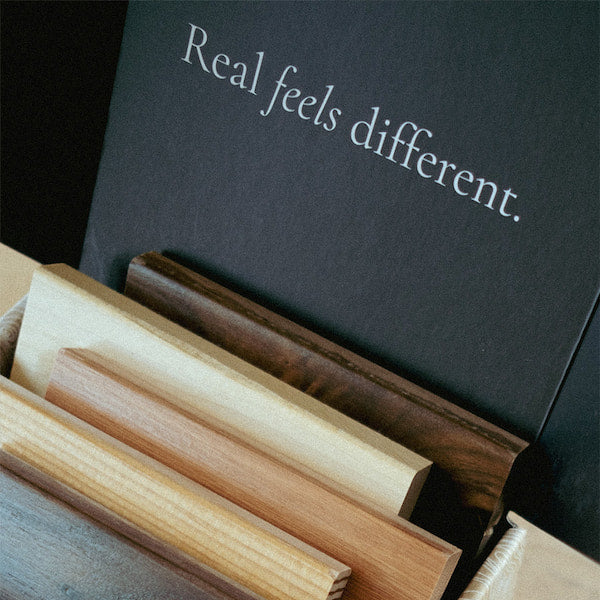
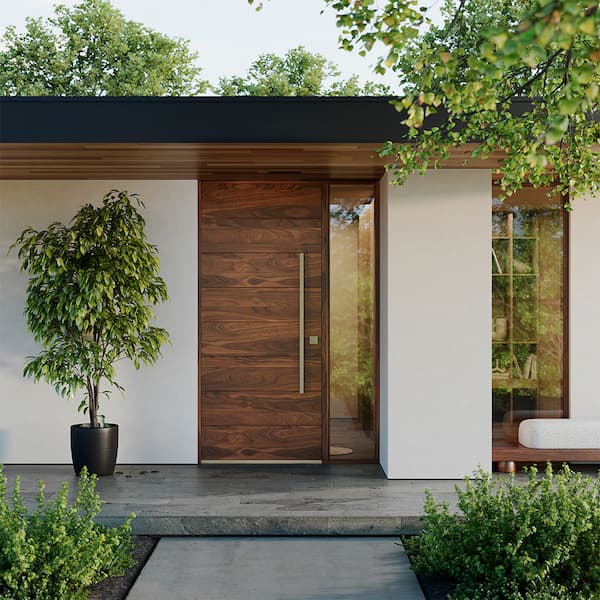


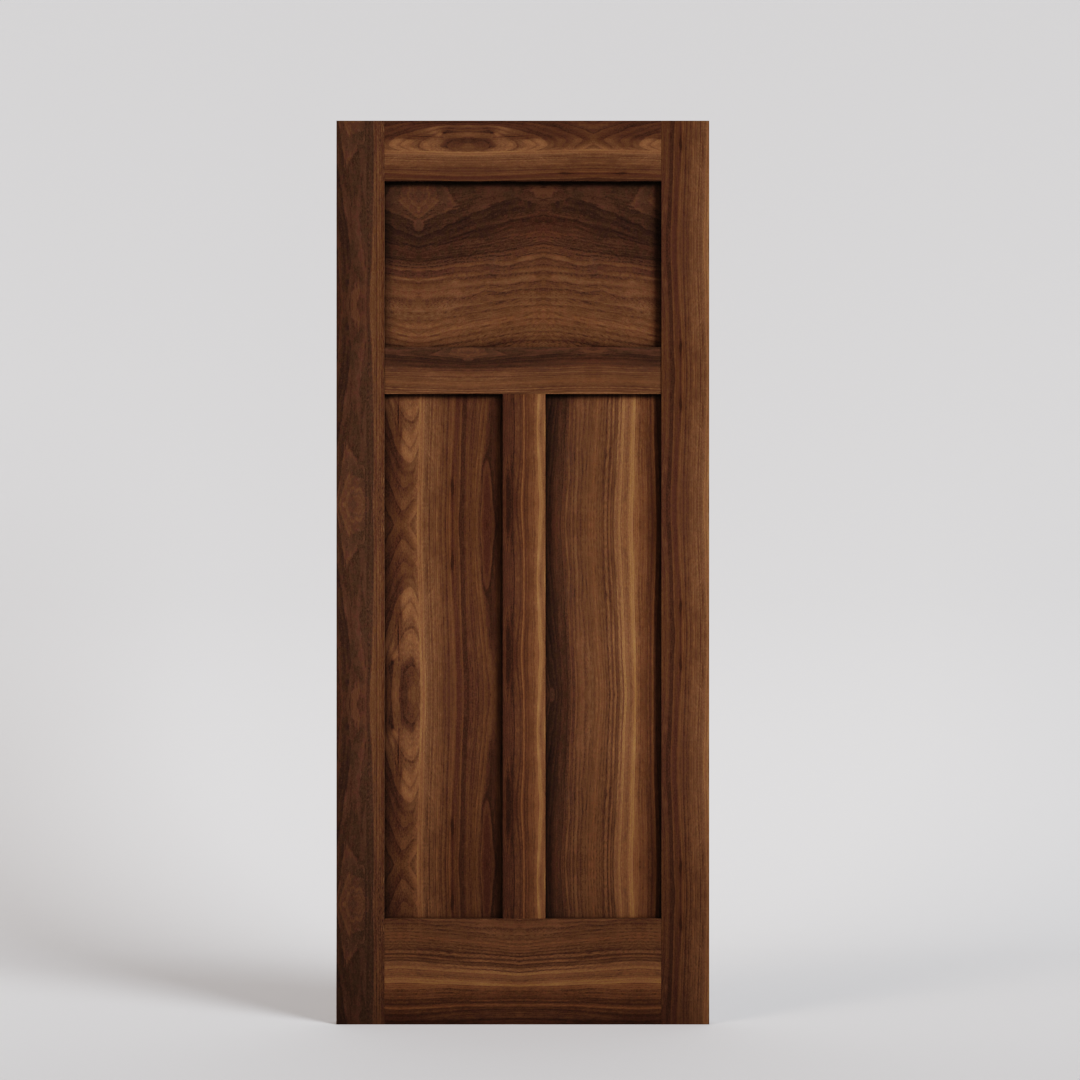
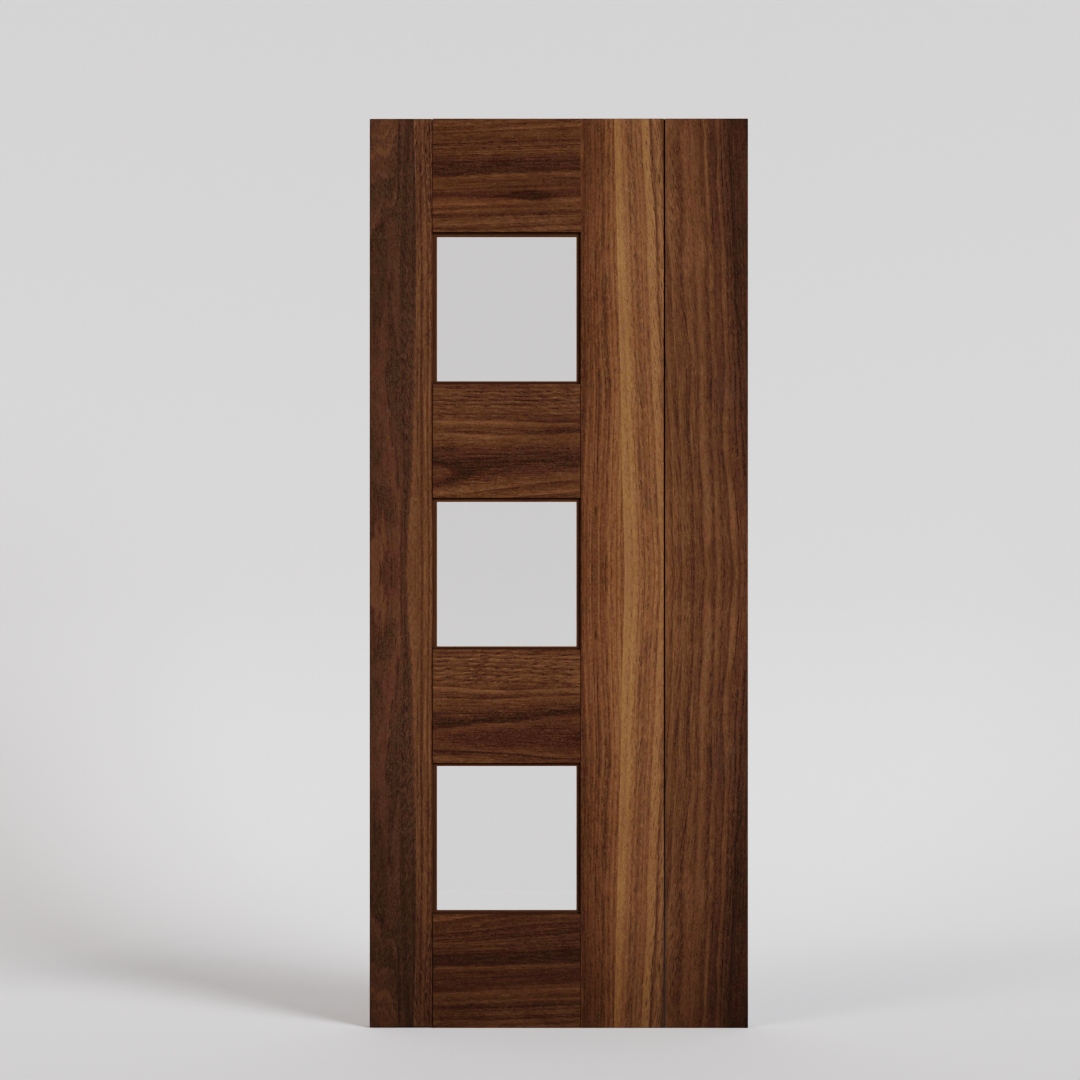
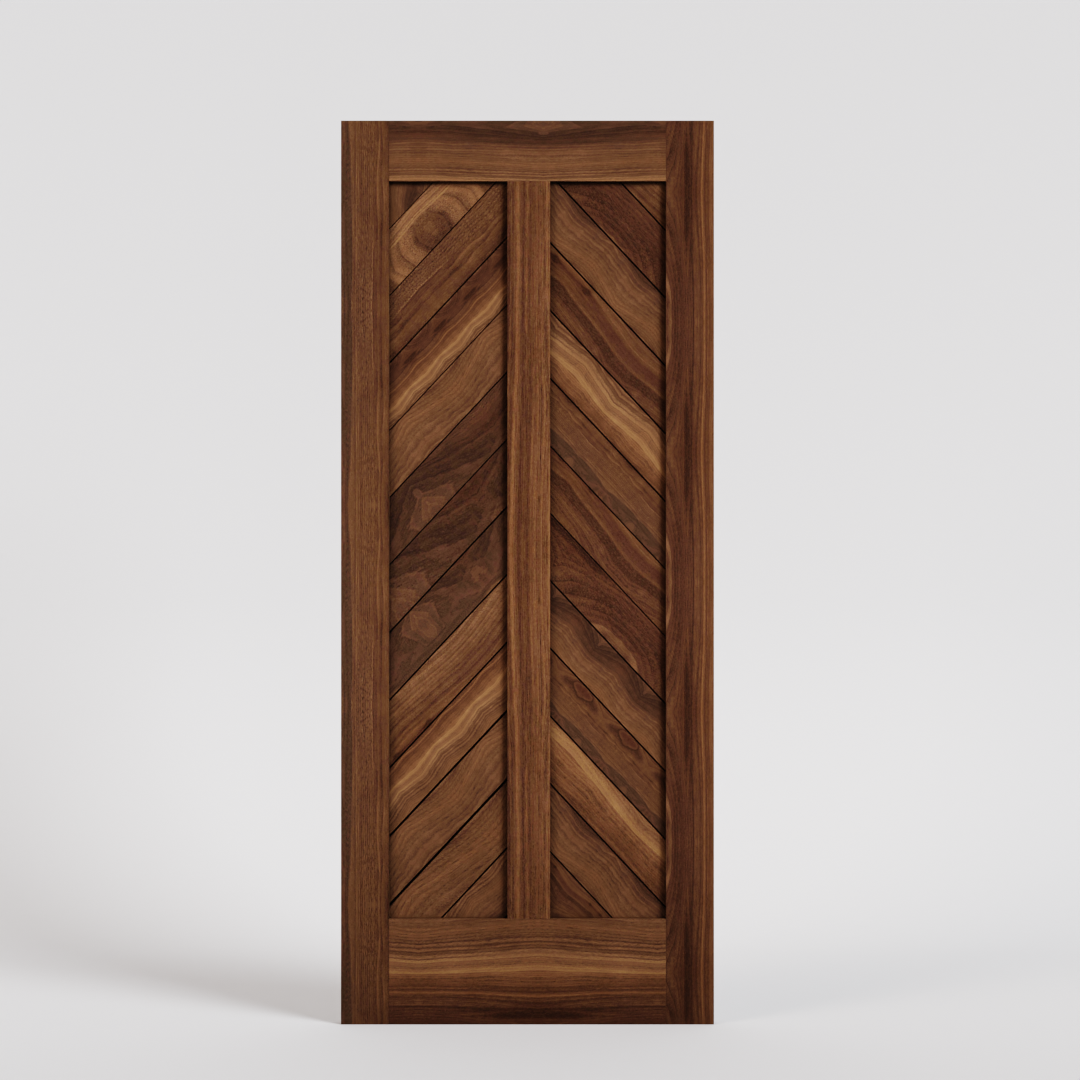
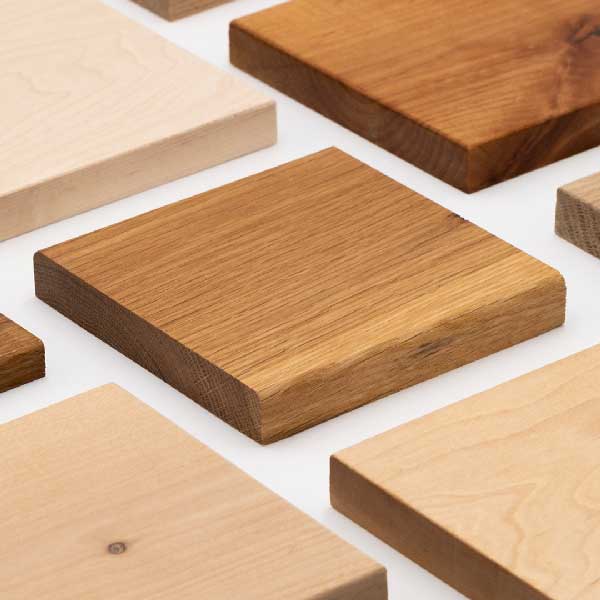

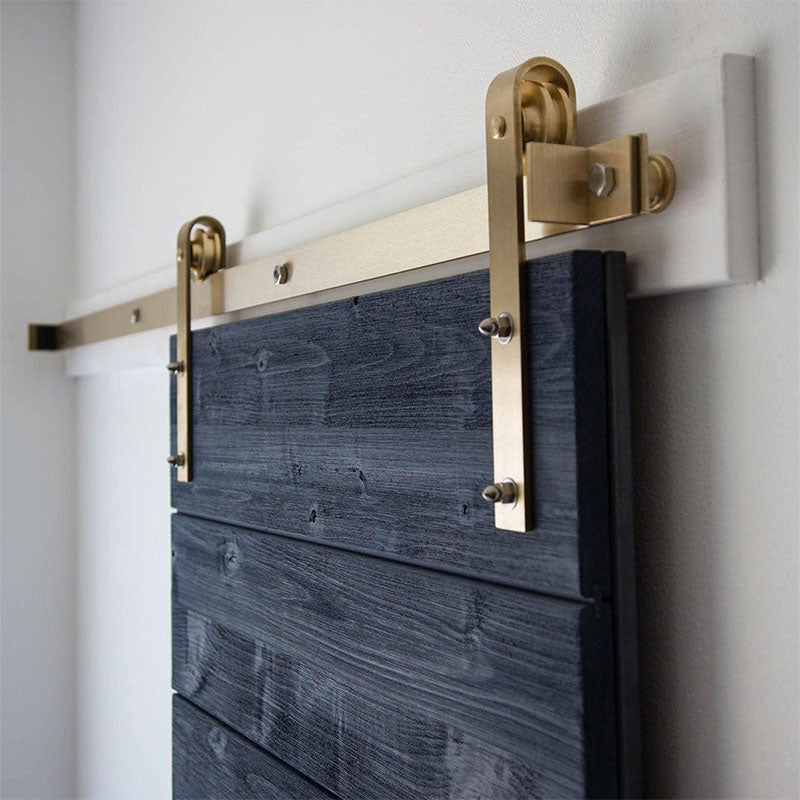
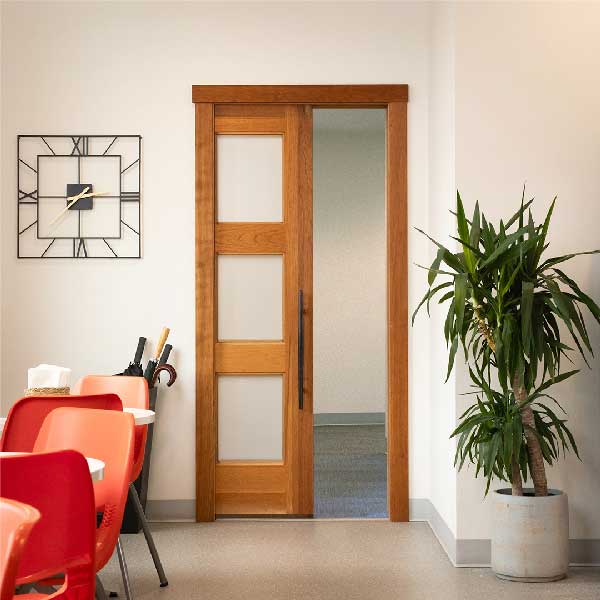
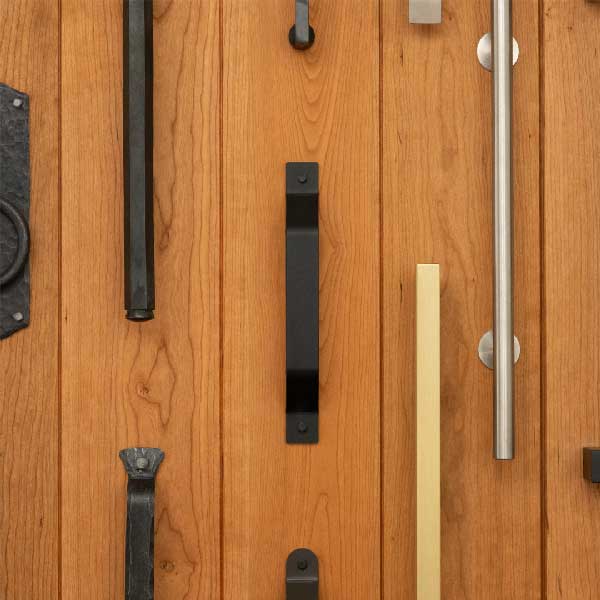
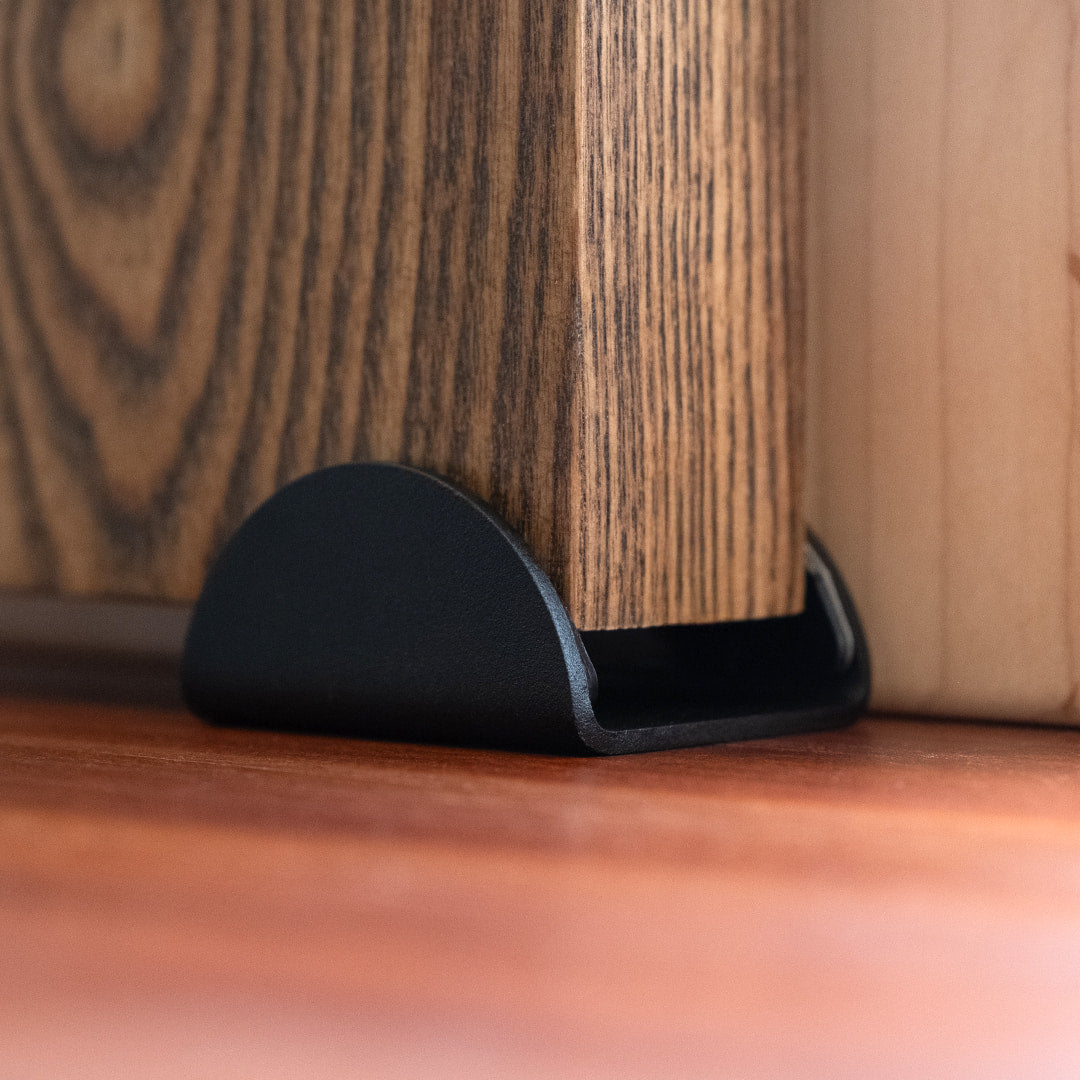
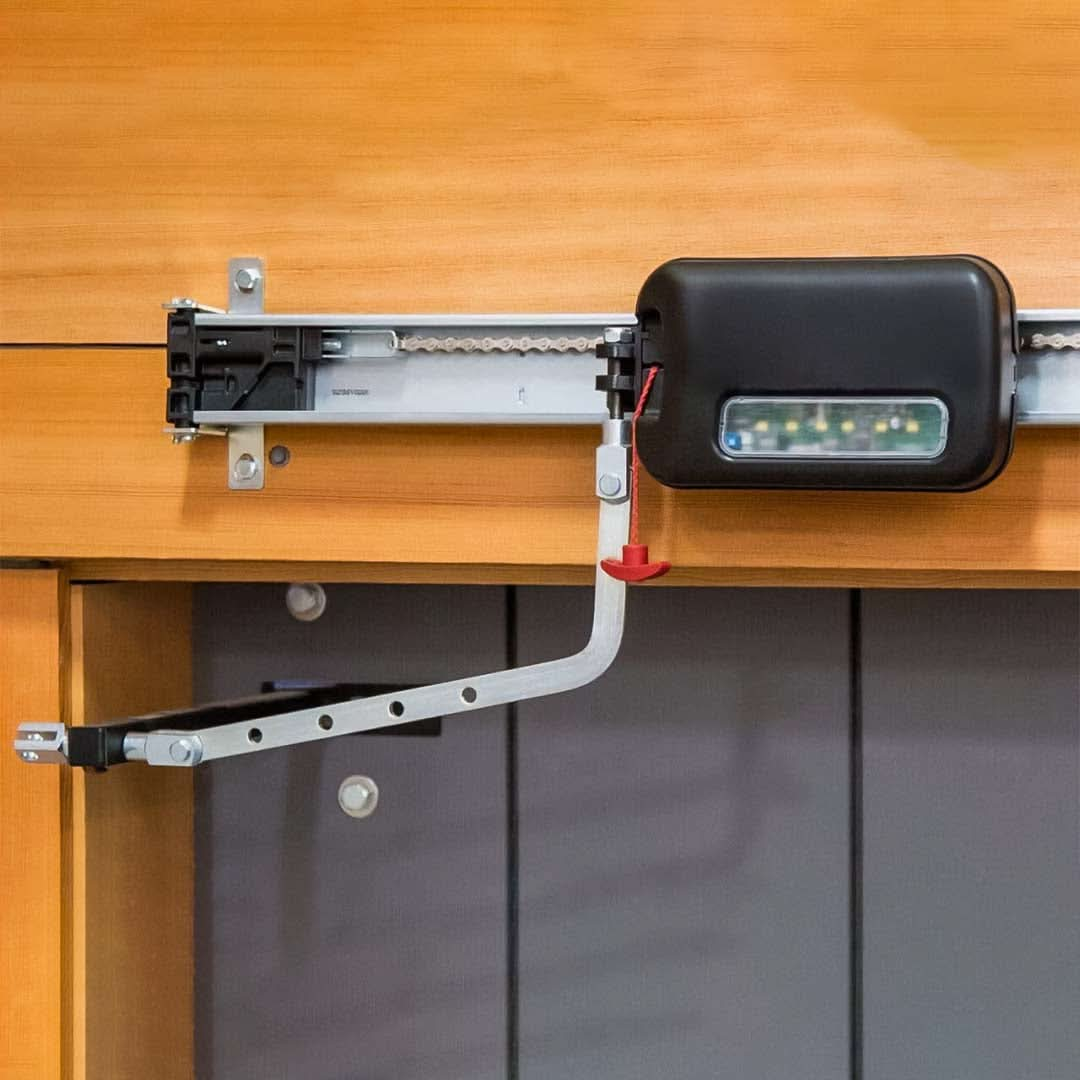


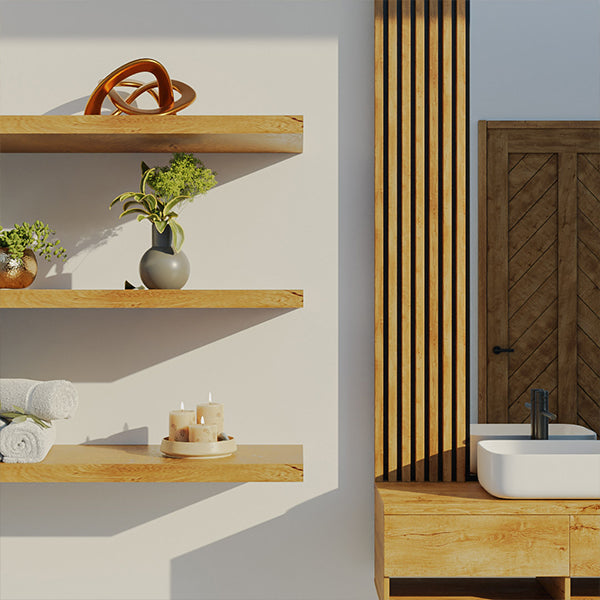


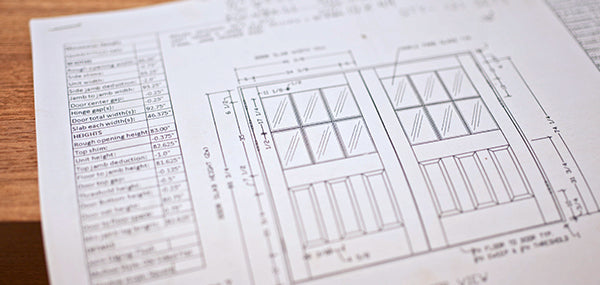
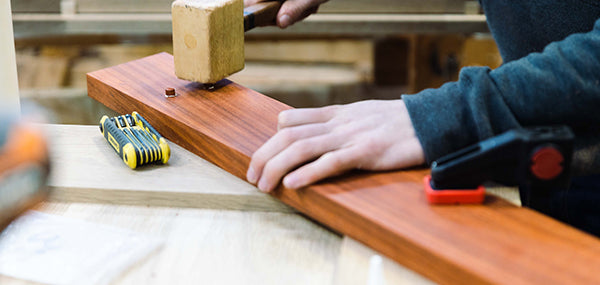


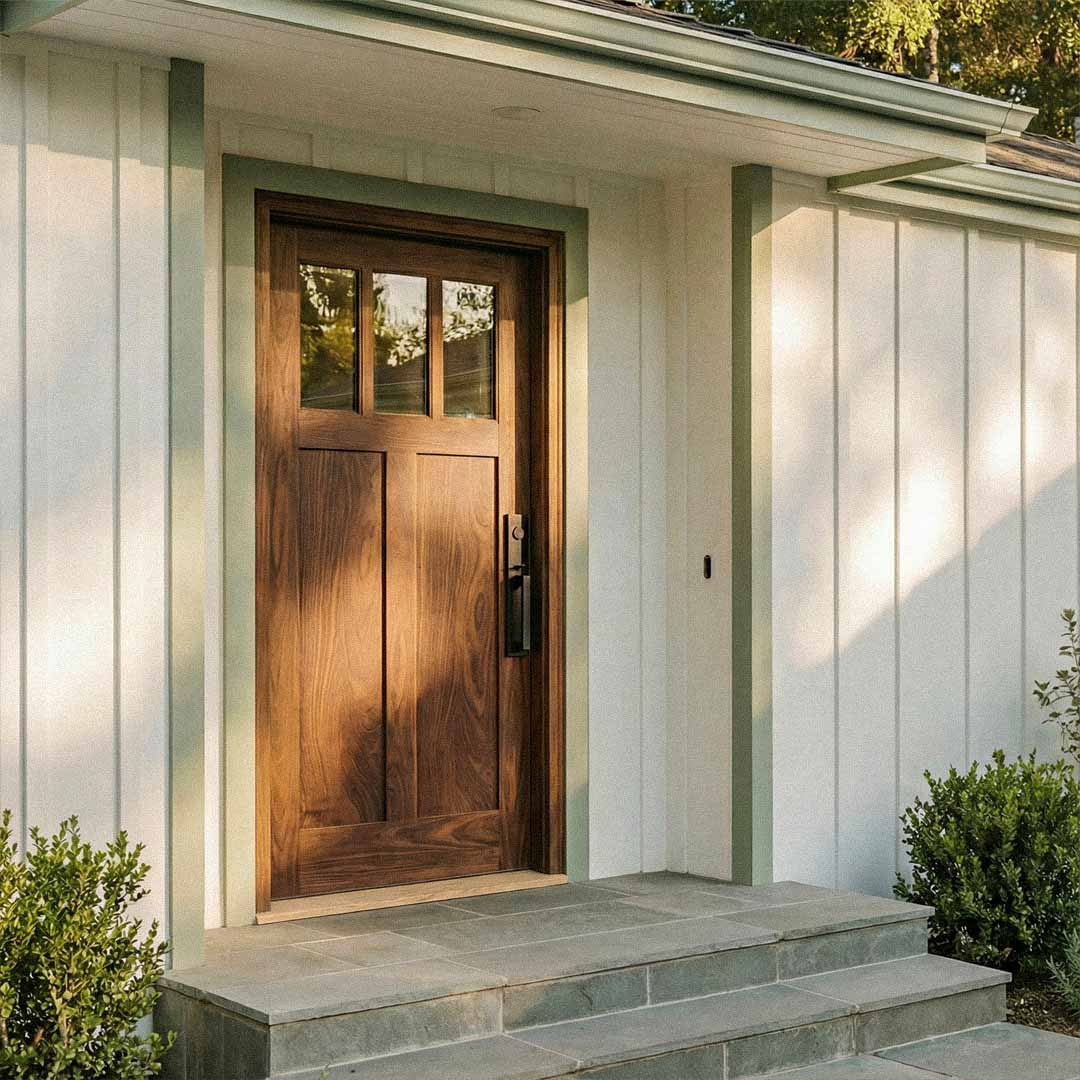
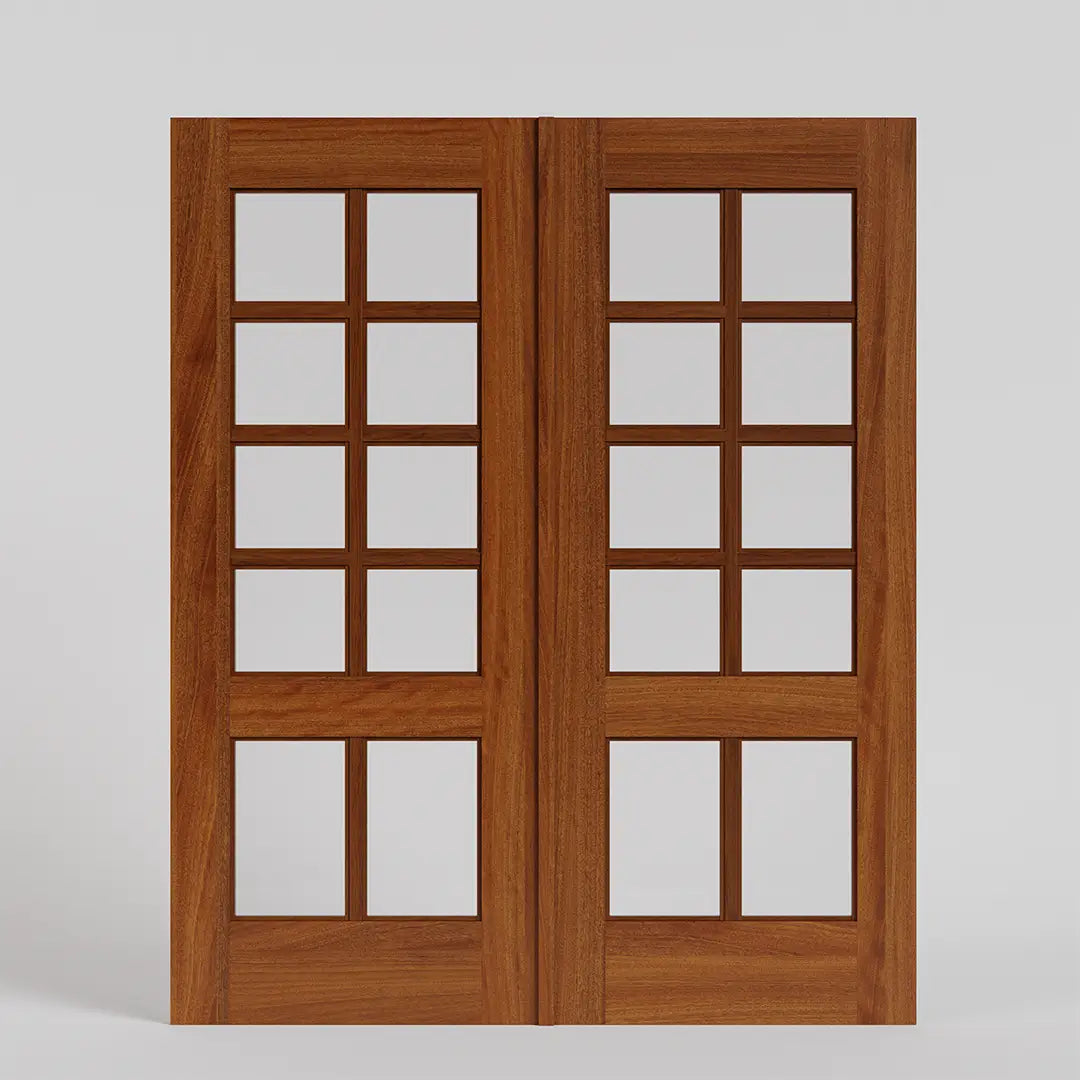
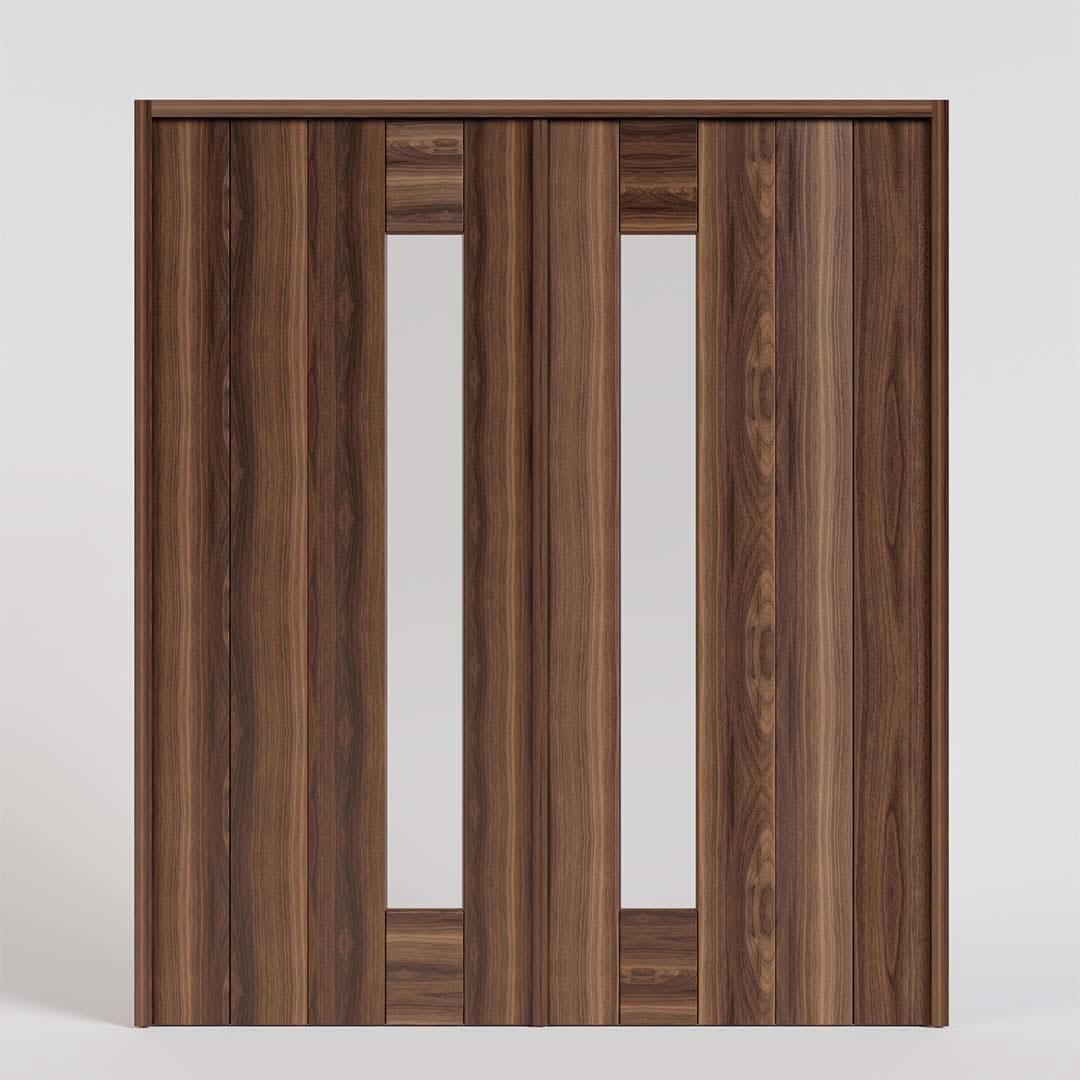
connor downed
December 11, 2024
Pretty cool video reminded me of me fam